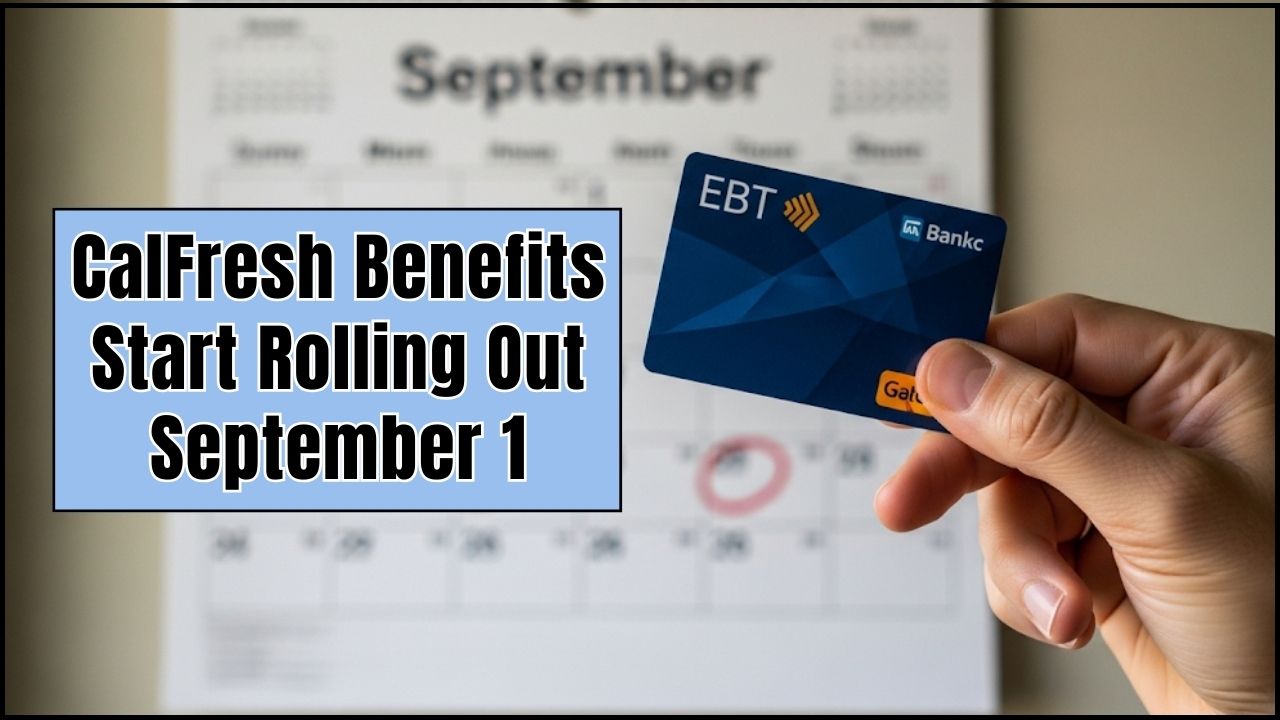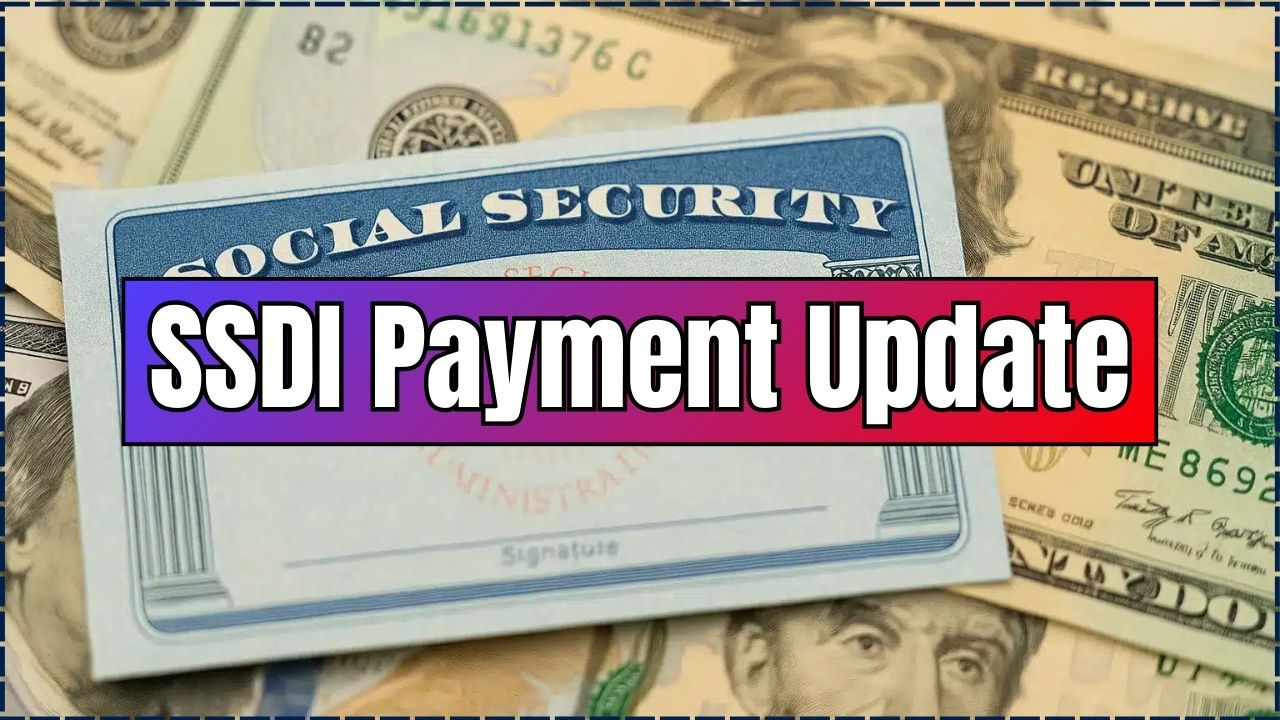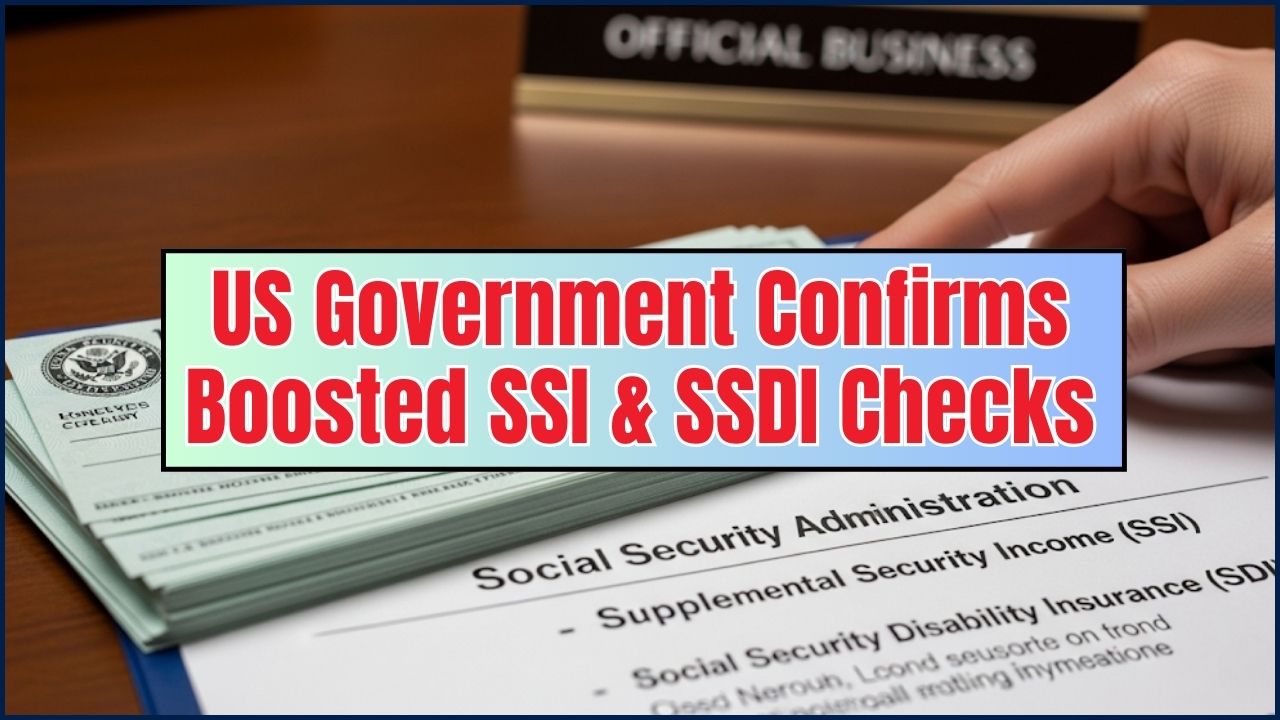If you’re a soon-to-be mom or planning for motherhood in India, there’s something you should definitely know about: Janani Suraksha Yojana 2025. This government-backed maternity benefit scheme is designed to support pregnant women—especially those from economically weaker backgrounds—by offering financial assistance for safe deliveries. Whether you’re living in a remote village or in the heart of a bustling city, this program can be a game-changer for your maternal care journey.
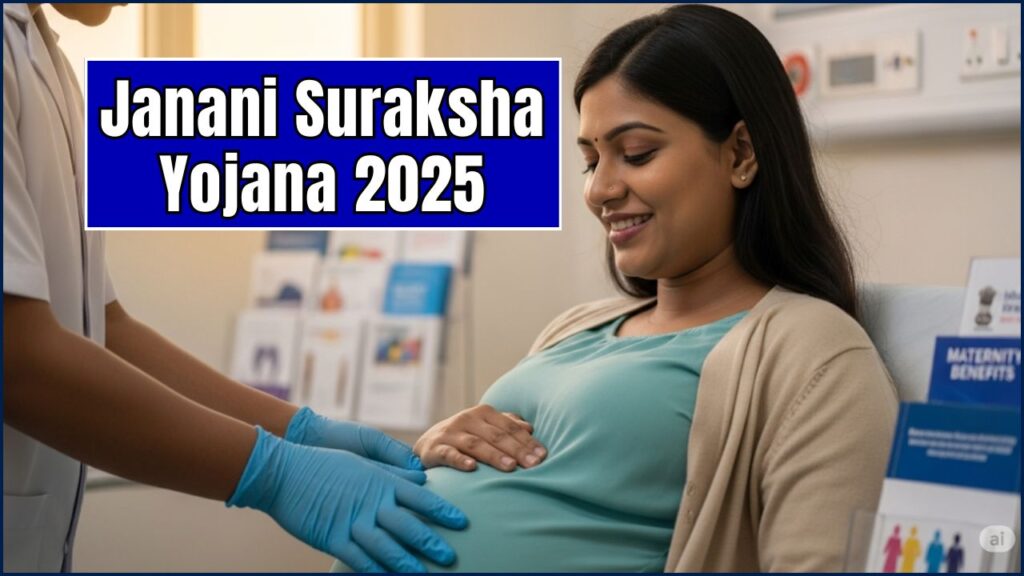
In this article, we’ll dive into everything you need to know about the Janani Suraksha Yojana (JSY) 2025, from eligibility criteria to how to apply online, all in a clear, friendly, and professional way. So, grab a coffee (or a glass of coconut water!) and let’s walk you through it.
Janani Suraksha Yojana 2025
| Feature | Details |
|---|---|
| Scheme Name | Janani Suraksha Yojana (JSY) 2025 |
| Launched By | Ministry of Health & Family Welfare, Government of India |
| Eligibility | Pregnant women aged 19+, BPL/SC/ST, up to 2 live births |
| Financial Assistance | ₹1,000 – ₹2,000 based on region |
| How to Apply | Online via state NHM portals or offline through ASHA workers |
| Benefits Include | Delivery care, incentives for ASHA, home delivery assistance, ambulance support, health education |
| Official Website | https://nhm.gov.in |
Janani Suraksha Yojana 2025 is more than just a government handout—it’s a lifeline for millions of Indian mothers. If you’re eligible, take full advantage of this opportunity to ensure a safe and secure delivery. And even if you think you might not qualify, it never hurts to ask your local ASHA or visit your state NHM portal.
Having a baby is a big deal. But thanks to programs like JSY, you don’t have to walk this path alone. There’s support, care, and a community waiting to help you.
What is Janani Suraksha Yojana (JSY)?
Janani Suraksha Yojana (JSY) is a safe motherhood intervention under the National Health Mission (NHM). The core goal? To reduce maternal and neonatal mortality by promoting institutional delivery among poor pregnant women.
Launched in 2005, the scheme focuses on vulnerable groups, especially those in Low Performing States (LPS) such as Bihar, Uttar Pradesh, Madhya Pradesh, Chhattisgarh, and Odisha. In 2025, the program continues to evolve, offering better digital access, faster payments, ambulance services, and enhanced support for expecting mothers.
According to NITI Aayog, institutional deliveries have increased from 38.7% in 2005 to over 88.6% in 2023 thanks to JSY and related schemes.
Who’s Eligible for JSY in 2025?
Basic Criteria
To qualify for JSY benefits in 2025:
- You must be pregnant and at least 19 years old at the time of delivery.
- Should belong to a Below Poverty Line (BPL) family or be part of Scheduled Castes/Scheduled Tribes (SC/ST).
- The scheme is available for up to two live births.
Geographic Categories
There are two broad classifications:
★ Low Performing States (LPS)
- Includes: Bihar, UP, Jharkhand, MP, Chhattisgarh, Assam, Rajasthan, Odisha, Uttarakhand, and J&K.
- All pregnant women delivering in a government or accredited facility are eligible.
★ High Performing States (HPS)
- Includes: Kerala, Tamil Nadu, Maharashtra, Punjab, etc.
- Only BPL/SC/ST pregnant women are eligible.
Pro Tip: Even if you’re not sure about your eligibility, check with your local ASHA worker or health center—they’re your go-to experts!
How Much Financial Help Can You Get?
Here’s how the cash incentives break down:
For Institutional Deliveries
| Area | Category | Mother’s Benefit | ASHA Worker Incentive | Total |
| Rural LPS | All | ₹1,400 | ₹600 | ₹2,000 |
| Urban LPS | All | ₹1,000 | ₹400 | ₹1,400 |
| Rural HPS | BPL/SC/ST | ₹700 | ₹600 | ₹1,300 |
| Urban HPS | BPL/SC/ST | ₹600 | ₹400 | ₹1,000 |
For Home Deliveries
- BPL women: ₹500 per delivery
Note: All payments are made through Direct Benefit Transfer (DBT) to the mother’s bank account.
Other Perks
- Free ambulance services to the hospital in many states
- Nutritional supplements under Integrated Child Development Services (ICDS)
- Post-natal checkups and health counseling
Step-by-Step Guide to Apply for JSY Online
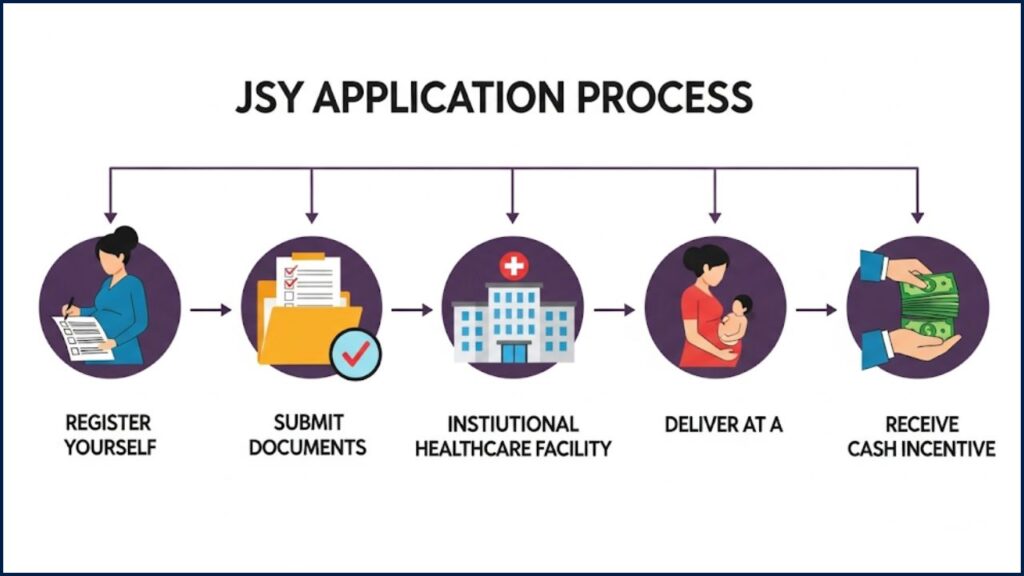
Step 1 – Prepare Your Documents
Make sure you have these ready:
- Aadhar Card
- BPL or Caste Certificate
- Bank Passbook
- Pregnancy Proof (from a medical officer)
- Passport-size photo
Step 2 – Register Online
- Visit the JSY portal or your state NHM site.
- Click on “Apply Online for JSY” or search for Maternity Benefit Schemes.
- Fill out the application form and upload scanned documents.
Step 3 – Submit and Track
- Once submitted, you’ll receive a reference number.
- Use it to track the status of your application online.
Offline Option
Not tech-savvy? No problem.
- Visit your nearest Primary Health Center (PHC) or Anganwadi.
- Ask your local ASHA worker for help. She will assist you in registering under the scheme.
JSY vs. Other Maternity Support Schemes
While JSY is vital, it’s part of a broader ecosystem of government support for mothers and children. Here’s how it compares to another key scheme:
| Feature | Janani Suraksha Yojana (JSY) | Pradhan Mantri Matru Vandana Yojana (PMMVY) |
| Primary Goal | Reduce maternal & neonatal mortality by promoting institutional deliveries. | Provide partial wage compensation for pregnant women and lactating mothers. |
| Benefit Type | Financial assistance for institutional delivery. | Cash incentive for wage loss, paid in installments. |
| Target Beneficiary | All pregnant women delivering in public/accredited private facilities (with special focus on BPL). | Pregnant women and lactating mothers for their first two live births (if the second child is a girl). |
| Amount (Varies by State) | Up to ₹1,400 (rural) / ₹1,000 (urban) for mother, plus ASHA incentives. | ₹5,000 for the first child (in installments), ₹6,000 for the second child (if girl). |
| Key Condition | Institutional delivery. | Registration of pregnancy, ANC, and child immunization. |
| Complementary? | Yes, JSY beneficiaries can also be eligible for PMMVY. | Yes, PMMVY beneficiaries can also receive JSY benefits. |
Why JSY Matters – Real Impact Stories
Let’s talk numbers:
- Over 10 crore women have benefited from JSY since its inception (PIB India).
- States like Odisha and Chhattisgarh have seen a 60% drop in maternal mortality thanks to JSY.
- In 2023 alone, more than 75 lakh women received financial support.
Case Study 1: Meena Kumari from Uttar Pradesh gave birth at a community health center. Through JSY, she received ₹2,000 within 5 days of delivery and saved on ambulance charges. “Without this scheme, I would have delivered at home. It saved my life,” she says.
Case Study 2: Lakshmi Devi in rural Chhattisgarh was initially hesitant to visit a health facility. But with ASHA’s help and education provided under JSY, she delivered safely in a government hospital and received both money and a nutrition kit for her newborn.
Tips, Myths, or Mistakes Section: Navigating JSY
Applying for maternity benefits can sometimes feel complicated. Here are some key tips, common myths debunked, and mistakes to avoid for JSY:
Top Tips:
- Register Early: Register your pregnancy with your local ASHA or at the nearest Anganwadi/health center as soon as possible.
- Keep Documents Handy: Have your Aadhaar card, BPL certificate (if applicable), and Janani Suraksha Card (once issued) readily available.
- Opt for Institutional Delivery: This is the cornerstone of JSY benefits. Plan to deliver at a government hospital or an accredited private facility.
- Know Your ASHA: Your Accredited Social Health Activist (ASHA) is your primary point of contact and can guide you through the process.
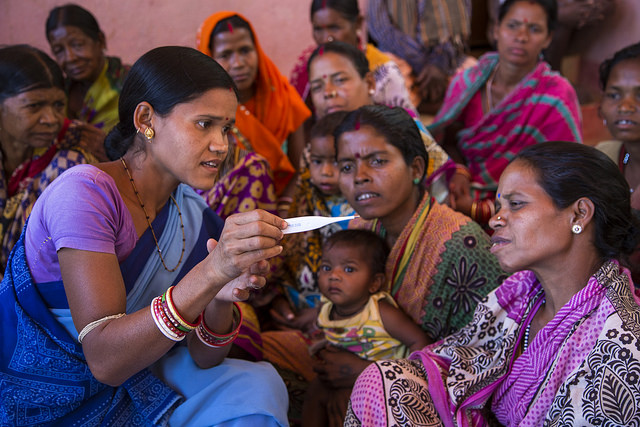
Common Myths Debunked:
- Myth: JSY only covers your first child.
- Fact: While some schemes focus on the first child, JSY generally covers up to two live births, promoting institutional deliveries for both.
- Myth: You need to pay a fee to apply for JSY.
- Fact: The application process for JSY is completely free of cost. Beware of anyone asking for payment.
- Myth: JSY benefits are only for rural women.
- Fact: JSY is available for both rural and urban pregnant women, though the financial assistance amounts may vary.
Mistakes to Avoid:
- Delaying Registration: Late registration can cause delays in receiving benefits.
- Not Opting for Institutional Delivery: Home deliveries are generally not covered under JSY, except in very specific, high-risk conditions for BPL women.
- Incorrect Bank Details: Ensure your bank account details are accurate for direct benefit transfer (DBT).
- Ignoring ASHA’s Advice: ASHAs are crucial for navigating the scheme and accessing care. Follow their guidance.
FAQs
Is JSY available for cesarean deliveries?
Yes, the scheme covers all types of deliveries, including C-sections, as long as they occur in approved facilities.
Can private hospital deliveries be covered?
Yes, but only if the private hospital is accredited under JSY.
What if I have more than two children?
Unfortunately, only the first two live births are covered under the scheme.
How long does it take to receive the payment?
Usually, payments are made within 7-14 days after the delivery.
Is there any help provided after delivery?
Yes. Some states offer postnatal care, immunization, nutrition kits, and health counseling sessions as part of the extended maternal care services.




